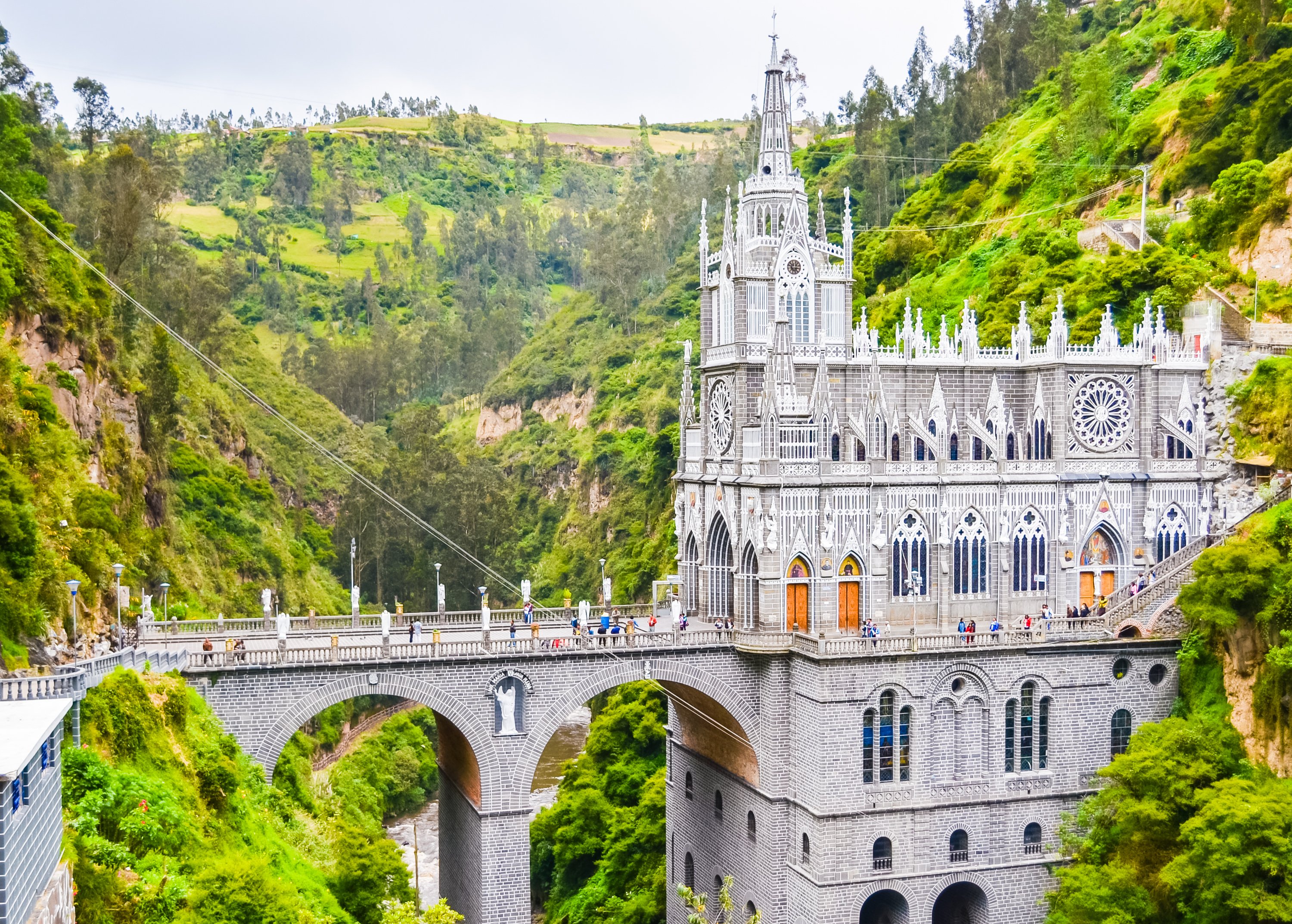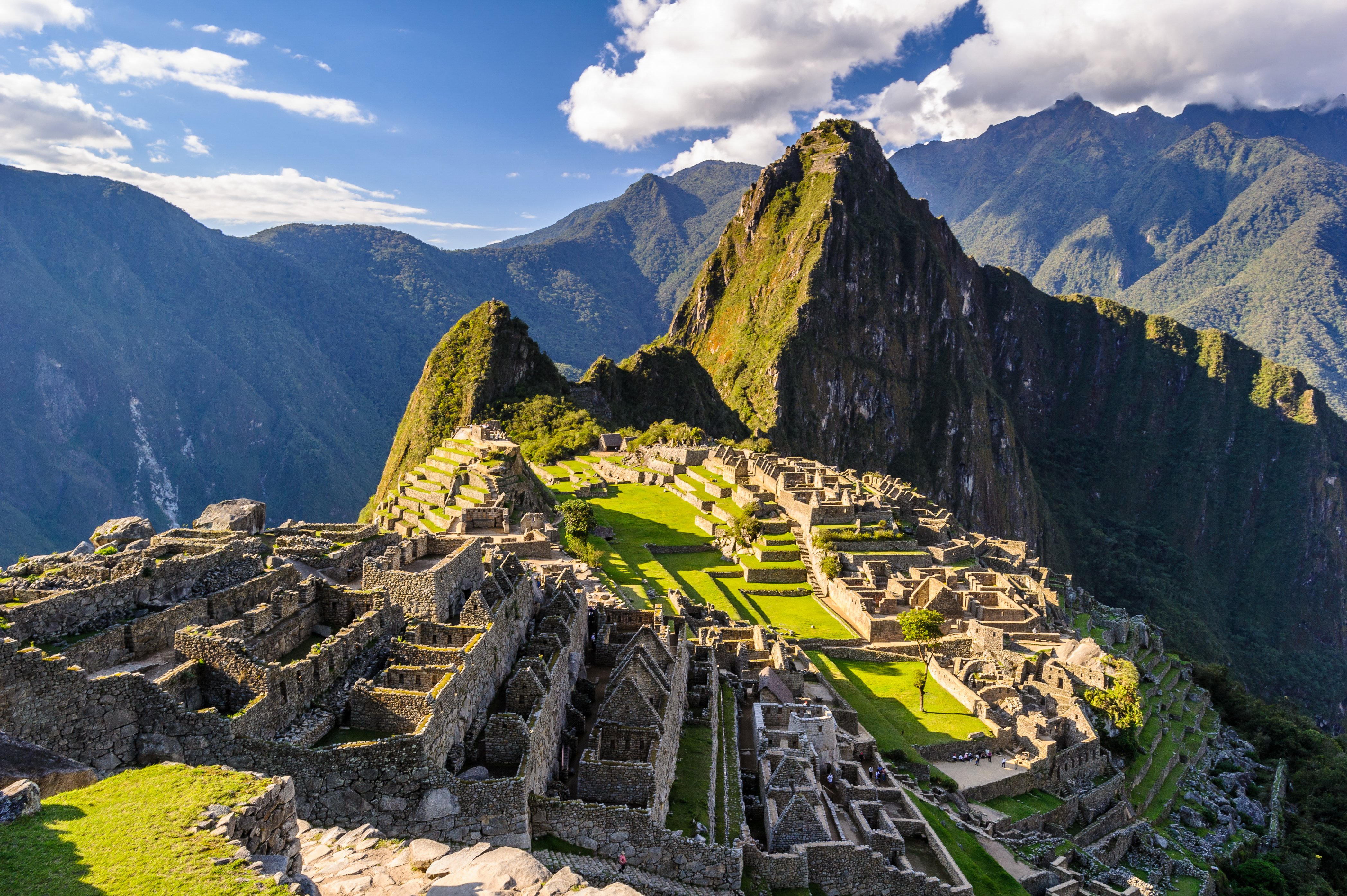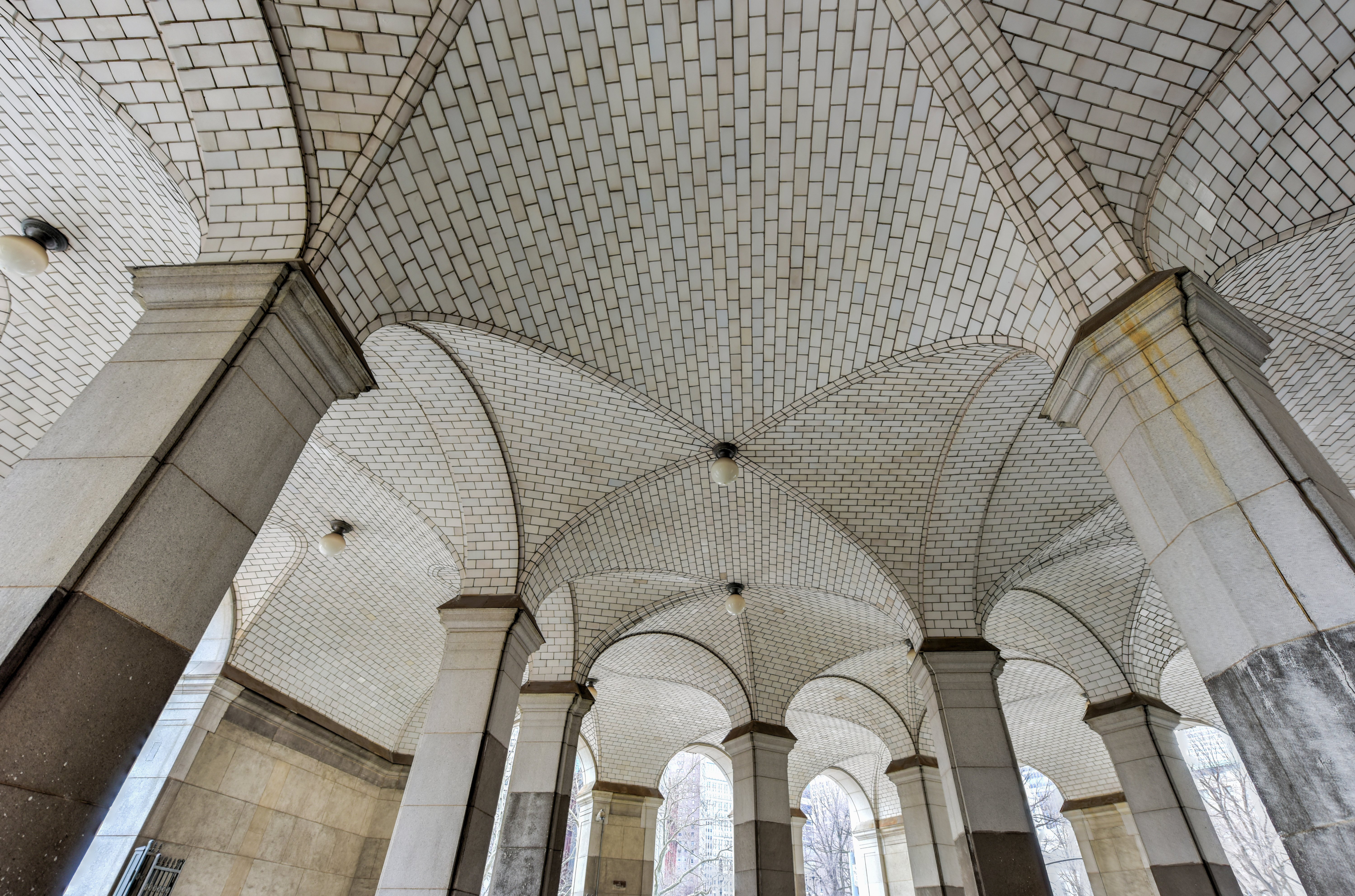Products
Learn
Support
Company
Hispanic Heritage Month is a month-long celebration in the United States that takes place annually from September 15 to October 15. During Hispanic Heritage Month, there are various events and activities organized across the United States to celebrate and recognize the contributions of Hispanic and Latino Americans. These events can include cultural festivals, music concerts, art exhibits, food fairs, and educational programs
The month-long celebration is dedicated to honoring and celebrating the contributions and influence of Hispanic and Latino Americans to the history, culture, and achievements of the United States. Let’s celebrate just a few structures and people Hispanic culture has contributed to Structural Engineering.

The Santuario de las Lajas, designed by Ecuadorian Gualberto Pérez, is a church located in the southern Colombian department of Nariño, near the border with Ecuador. It is situated in a canyon, between the Guáitara River and the mountains, and is considered one of the most beautiful churches in Colombia. The Santuario de las Lajas has a striking appearance, with its white walls and spires contrasting with the dark canyon walls consistent with the Gothic Revival period.. The church attracts thousands of pilgrims and tourists every year, and has become a symbol of faith and devotion in Colombia.

Santiago Calatrava is a Spanish architect, engineer, and sculptor known for his innovative and dynamic designs that combine architecture, engineering, and art. Calatrava's architectural style is characterized by his use of bold, sweeping forms, and his integration of sculpture and engineering into his designs. He has designed a wide range of projects, including bridges, museums, airports, train stations, and skyscrapers. Some of his most notable works include the World Trade Center Transportation Hub in New York City, the Turning Torso tower in Malmö, Sweden, and the Puente de Alamillo in Seville, Spain.

Machu Picchu is an ancient Inca citadel located in the Andes Mountains of Peru. The site was built in the 15th century by the Inca emperor Pachacuti, and was used as a royal estate and religious retreat for the Inca rulers. Machu Picchu is famous for its remarkable architecture, which incorporates massive stone walls, terraces, and stairways. The site also features a number of temples, palaces, and other buildings, including the Temple of the Sun, the Temple of the Three Windows, and the Intihuatana Stone, which is believed to have been used for astronomical observations and ceremonies.

Spanish architect and engineer who is best known for his innovative use of tile vaulting in the construction of numerous buildings in the United States. Guastavino's system of tile vaulting involved interlocking terracotta tiles to create a strong, fireproof structure that was also aesthetically pleasing. This tile vaulting technique was used in the construction of numerous buildings in the United States, including the Grand Central Terminal in New York City. He was inducted into the National Inventors Hall of Fame in 2012 for his contributions to architectural innovation.
Happy Hispanic Heritage Month!
